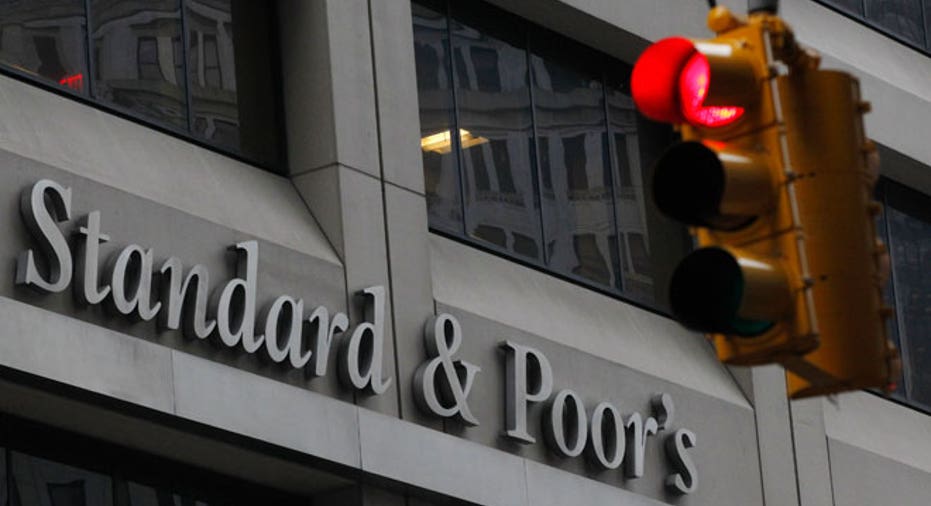S&P Reaches $1.3B Settlement with U.S. Gov., States

Ratings firm Standard & Poor’s will pay $1.4 billion to settle allegations it put its own financial interests ahead of its professional obligations when rating securities ahead of the 2008 financial crisis, a fraud that contributed significantly to the worst economic downturn since the Great Depression.
For some market participants, the settlement, considered long overdue, isn’t nearly enough to compensate for the trillions of dollars in damages incurred during the crisis and subsequent recession that followed the collapse of the U.S. housing market.
“It is the classic slap on the wrist,” Chicago securities attorney Andrew Stoltmann said. “The carnage caused by rating agency's sham ratings was absolutely massive. The company sold out investors globally for profits and this simply doesn’t provide the deterrent necessary to prevent this conduct in the future.”
The U.S. Department of Justice announced Tuesday S&P and its parent company McGraw Hill Financial (NYSE:MHFI) reached a settlement to resolve allegations that S&P in the run up to the crisis knowingly issued inflated ratings on financial products that later blew up, costing investors trillions of dollars in losses.
“On more than one occasion, the company’s leadership ignored senior analysts who warned that the company had given top ratings to financial products that were failing to perform as advertised,” U.S. Attorney General Eric Holder said in prepared remarks made during a press conference.
“As S&P admits under this settlement, company executives complained that the company declined to downgrade underperforming assets because it was worried that doing so would hurt the company’s business. While this strategy may have helped S&P avoid disappointing its clients, it did major harm to the larger economy, contributing to the worst financial crisis since the Great Depression,” Holder added.
The settlement, the largest ever by a ratings firm, must still be approved by a federal judge.
The fraud involved primarily structured financial products known as residential mortgage-backed securities (RMBS) and collateralized debt obligations (CDOs). In a lawsuit filed by the U.S. government in 2013, S&P was charged with issuing inflated ratings on these securities in an effort to boost their profits and build their lucrative business relationships with the large banks that issued the financial products.
The agreement announced Tuesday resolves the Justice Department’s lawsuit, along with the suits of 19 states and the District of Columbia.
In addition to knowingly issuing inflated ratings, S&P was also accused of falsely representing that its ratings were “objective, independent and uninfluenced” by S&P’s business relationships with the investment banks that issued the securities, according to the DoJ’s statement.
The settlement is comprised of several elements: in addition to the $1.4 billion fine, S&P has acknowledged the allegations associated with its ratings of RMBS and CDOs from 2004 to 2007 in an agreed statement of facts.
The ratings firm has also agreed to retract an accusation that the government’s lawsuit was filed in retaliation for S&P’s 2011 decision to cut the U.S.’ credit rating, the first time in history that the U.S. has seen its credit challenged.
In conversations later revealed by S&P, former Treasury Secretary Timothy Geithner threatened to retaliate against the ratings firm if it downgraded U.S. debt. Geithner has denied making any threats.
Half of the $1.4 billion payment – or $687.5 million – will be paid to the federal government and is the largest penalty of its type ever paid by a ratings agency, the DoJ said in a statement. The remaining $687.5 million will be divided among the 19 states and the District of Columbia. The allocation among the states and the District of Columbia reflects an agreement between the states on the distribution of that money.
All three of the large ratings firms – S&P, Fitch Ratings and Moody’s Investors Service -- have accused of contributing to the financial crisis by profiting through issuing high ratings to securities loaded with risky mortgages that later soured. The firms were accused of exploiting an obvious conflict of interest in which they are paid fees by the firms for which they issue ratings.